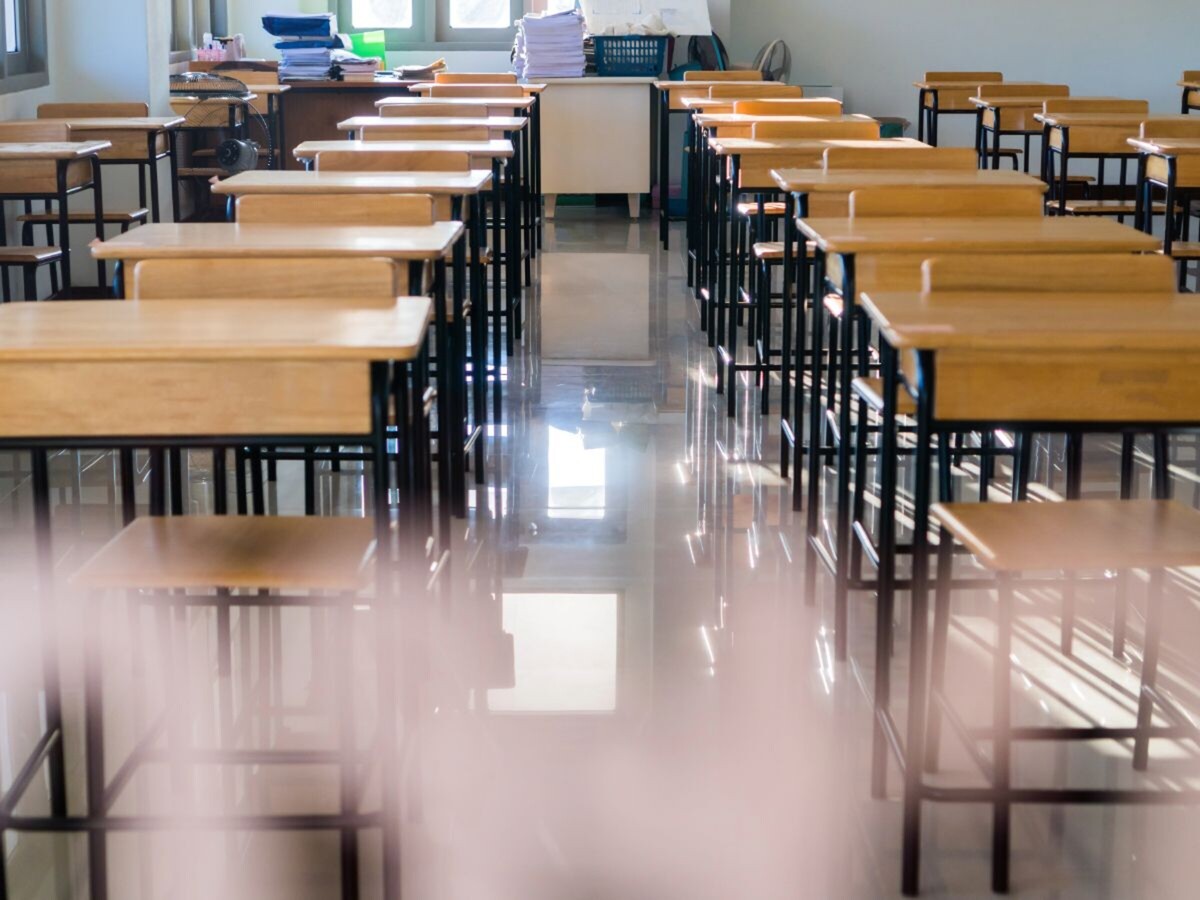Image


NEW JERSEY STATE — April 3, 2025 — The New Jersey Department of Education (NJDOE) has released its 2023–2024 School Performance Reports, providing comprehensive data on academic performance, student demographics, test participation, and post-secondary readiness across schools and districts statewide. This annual release supports transparency and local decision-making in K–12 education.
The latest reports incorporate several new and expanded data categories in response to updated state policies and public feedback. Notable additions include three-year trends in chronic absenteeism, detailed records of student disciplinary actions, and new metrics on multilingual learners earning the Seal of Biliteracy. Visual and performing arts participation data now spans all grade levels, kindergarten through 12th grade, whereas previous reports were limited to grades 6–12.
Among the most significant findings is the continued rise in New Jersey’s four-year high school graduation rate, which reached 91.3%—the highest since the state adopted the adjusted cohort graduation rate model in 2011. Gains were also seen among specific student groups, including economically disadvantaged students (87.1% in 2024, up from 85.4% in 2022) and multilingual learners (78.9%, up from 71.9%).
The state also reports strong participation in college preparatory and career-oriented programs. According to data from the College Board, 95.2% of New Jersey high schools now offer at least one Advanced Placement (AP) course, placing the state second nationally in AP course availability. Additionally, more than 9,600 students earned industry-valued credentials during the 2023–2024 academic year—triple the number from 2019–2020. These certifications span 129 recognized credentials across 13 career clusters, reflecting collaboration with the New Jersey Department of Labor and the Credential Review Board.
Despite these positive indicators, the reports highlight persistent challenges. Chronic absenteeism, defined as missing 10% or more of school days, affected 14.9% of K–12 students in 2023–2024. Although this marks a decrease from the 16.6% rate reported in 2022–2023, it remains significantly above the pre-pandemic rate of 10.6% recorded in 2018–2019. The NJDOE continues to work with districts to address this issue through targeted initiatives and resource-sharing.
The newly added high school persistence metric—measuring the proportion of students still enrolled or graduated six years after entering high school—aligns with proposed updates to New Jersey’s Every Student Succeeds Act (ESSA) State Plan and will offer a more nuanced understanding of long-term student success.
Additional data in the reports include:
Participation and performance on the PSAT, SAT, and ACT (80.7% of 10th & 11th graders took PSAT/NMSQT in the 2023-2024 school year; 62.7% of 12th graders took the SAT in 2023-2024 or prior years; 7.8% of 12th graders took the ACT in 2023-2024 or prior years).
Enrollment in AP, International Baccalaureate (IB), and dual-enrollment courses (72% of students taking AP or IB exams are scoring at least a 3 on AP exams or 4 on IB exams; 35.9% of students across NJ are enrolled in an AP or IB course).
Staff and faculty demographics (there are 12 students to every 1 teacher across NJ schools, on average; 77% of teachers are female and 81.8% are White).
Discipline reports, including student removals, arrests, and police notifications, are broken down by student group and grade (There were a total of 33,526 incidents involving violence, weapons, vandalism, substances, or harassment, intimidation, and bullying - that's 2.35 incidents per 100 students enrolled. 7,644 of these incidents were reported to the police).
The NJDOE encourages communities to use the performance data to engage in informed dialogue about local education priorities and resource allocation. The full reports and related materials are available through the NJDOE’s School Performance Reports website.